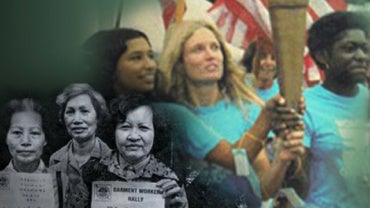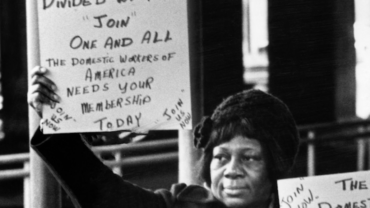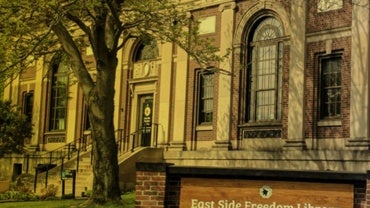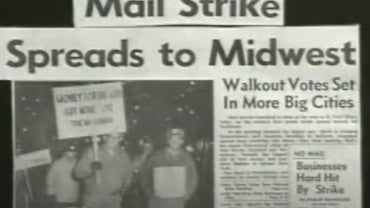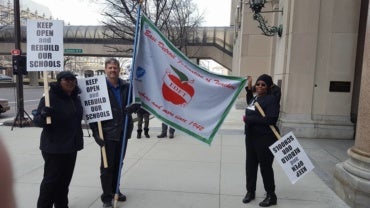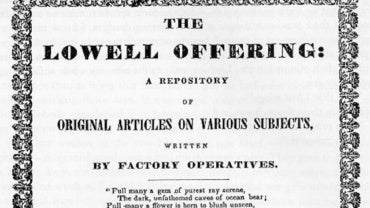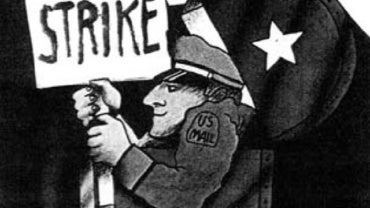Welcome to the Haymarket Affair Digital Collection. The Chicago Historical Society has created this digital collection to provide on-line access to its primary source materials relating to the Haymarket Affair, a controversial moment in Chicago’s past and a pivotal event in the early history of the American labor movement. The digital collection presents images of key documents and artifacts in their historical context with a minimum of interpretive information. Much like the witness testimony and exhibits introduced during the Haymarket trial, these primary sources are pieces of evidence which enable the user to reconstruct and interpret the historical events to which they relate.



